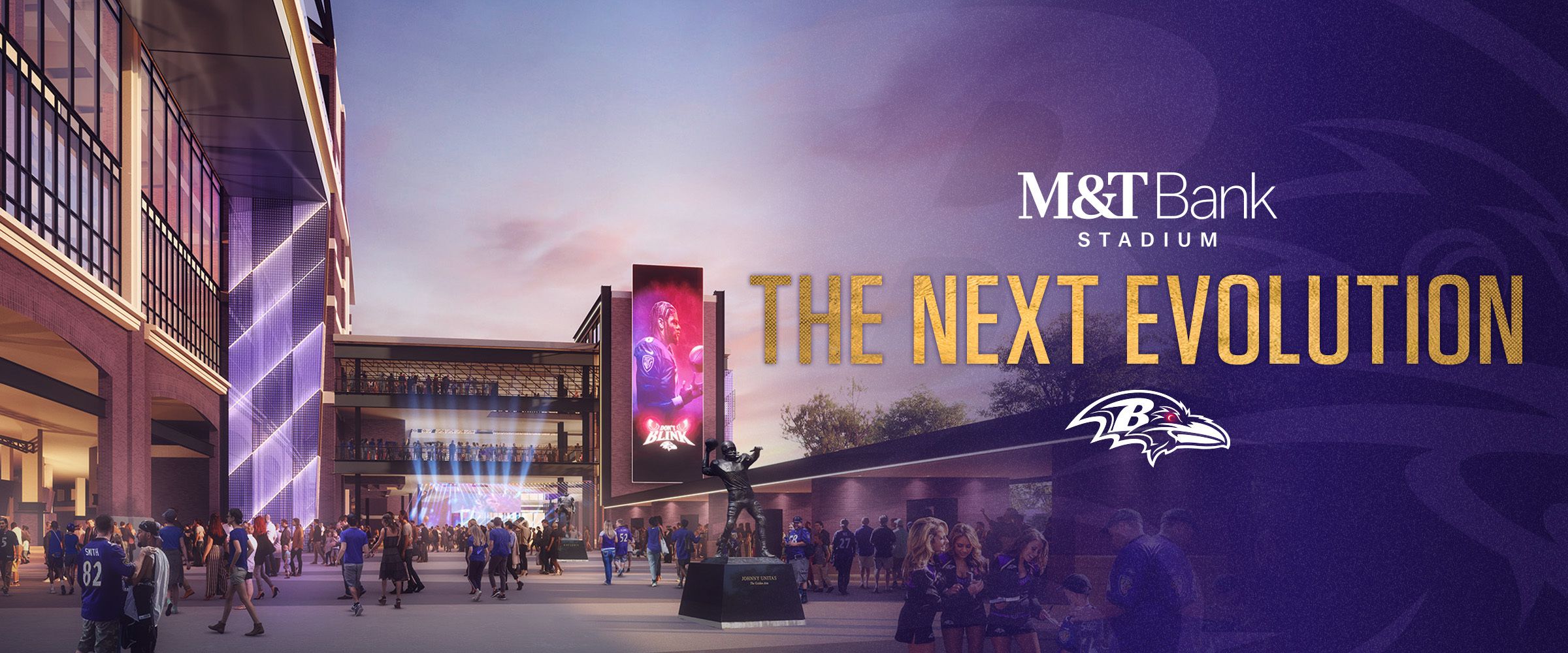For the Ravens' front office, scouts and coaches, Friday's start to rookie minicamp is like the day after Christmas.
During last weekend's draft, the Ravens got a lot of new toys. Now, after nearly a week of waiting, they get to see all the fun things those toys can do.
It will be a short two days, but the Ravens' rookie minicamp will provide a first glimpse at the potential of a draft class that is being lauded by national pundits.
The 11-man class has a lot of talent, but there's work to do to reach their ceiling, or even to make a big contribution in 2016. Here's what each rookie has to prove, starting this weekend:
Round 1: OT Ronnie Stanley
Will he be ready to start from Day 1?
If Stanley is going to be trusted with the starting left tackle job against the Buffalo Bills on Sept. 11, which many pundits believe he can handle, he's going to have to prove it this summer. The job won't just be given to him. Stanley has all the tools and owned top-level college pass rushers, but the NFL will be a step up. If the Ravens opt to keep Eugene Monroe at left tackle, Stanley will have to prove that he can play at right tackle (he did as a sophomore) or guard.
Round 2: OLB Kamalei Correa
Can he set the edge?
Correa is an explosive pass rusher off the edge who notched 18 sacks over the past two seasons. The Ravens will likely often employ him as a quarterback-seeking missile. However, he'll also need to be able to handle run-stopping duties after Courtney Upshaw departed in free agency. Correa brings the right aggressive mentality to the job, but he'll have to prove he can do it despite being smaller than Upshaw and the Ravens' other current outside linebackers. Terrell Suggs is listed at 265 pounds and Dumervil at 255. Correa is 245 pounds despite being Suggs's height and four inches taller than Dumervil.
Round 3: DE Bronson Kaufusi
How quick of an impact can he make?
The Ravens have an opening at starting defensive end with the departure of Chris Canty. Kaufusi has the 6-foot-6, 285-pound size and skillset to step into that role, but he'll have stiff competition with the likes of Brent Urban and Lawrence Guy. Kaufusi is an experienced rookie being that he's a senior and took two years away from the game to go on a mission trip. Kaufusi's production elevated each and every year and he needs to continue on that trajectory.
Round 4: CB Tavon Young
Will his size be a problem?
Young's task is the same as it's been his entire football career. He must show that his size isn't a problem. The 5-foot-9 cornerback did it throughout his time at Temple and needs to transfer that to the NFL. There's a difference between being small and playing small. While Young will have tough matchups in terms of height, his feistiness and athleticism can make up the difference. It will be also be important to see how well Young handles the complexities of slot nickel duties as that's where he projects to play.
Round 4: WR Chris Moore
Is he more than a big-play threat?
Moore is a dynamic playmaker who averaged 19.3 yards per catch over his four-year college career. He'll have to prove he can still make those big plays in the NFL even though he doesn't have elite timed speed (40-yard dash in 4.53 seconds). But the biggest transition will likely be when he's asked to run more routes than he did in college. Moore* *is confident he can do it, saying he just played that big-play role in Cincinnati because it's what coaches wanted. Baltimore's coaches will ask him for more.
Round 4: OT Alex Lewis
Is he starter material in Year 1?
There isn't a clear answer as to who will be the starting left guard next year in the wake of Kelechi Osemele's exit to Oakland. As of now, the competition will be between John Urschel, Ryan Jensen and likely Lewis. Lewis played left guard at Colorado before transferring to Nebraska and the blind side. With Stanley on board, Baltimore will likely kick Lewis inside and try him at left tackle. The 6-foot-6 mauler has a legitimate chance of seeing significant time.
Round 4: DT Willie Henry, Michigan
What's the next step in his maturation?
Henry surprised many when he declared for the draft early at just 21 years old. While he's definitely flashed potential, there's more growing to do to fill out that high ceiling. With Brandon Williams, Timmy Jernigan, Carl Davis and Henry, the Ravens have a good, young and complementary defensive tackle rotation. Williams and Davis plug the run while taking on multiple blocks. Jernigan and Henry should be the gap penetrators and provide pass rush from the inside. Henry showed his ability to get to quarterbacks in college with 6.5 sacks in his junior year.
Round 4: RB Kenneth Dixon, Louisiana Tech
How does he separate himself in RB competition?
No rookie draft pick has more competition from the second they walk in the door than Dixon. With Justin Forsett, Buck Allen, Trent Richardson, Terrance West and Lorenzo Taliaferro already in the fold, it will be up to Dixon to find his way. Dixon, Allen and Taliaferro have all been drafted in the fourth round the past three years. Dixon was a record-setting tailback in college who excelled both as a runner and pass catcher. He could be utilized on third downs if he can show he's got the best hands and big-play ability of the bunch.
Round 5: OLB Matt Judon, Grand Valley State
Can the small-school prospect still dominate at the higher level?
This is the same question any small-school FCS product gets when they are drafted into the NFL. Judon's 20 sacks last season led the nation – at any level. But no rookie in this year's Ravens class has a bigger jump in competition to the NFL. The Ravens feel sack production translates at any level. There are multiple examples, from Robert Mathis (Alabama A&M) to DeMarcus Ware (Troy). Judon will try to prove that he can still dominate whoever lines up opposite him.
Round 6: WR Keenan Reynolds
Can he adjust to being a wide receiver and return specialist?
Forget Judon having the biggest adjustment to make. Reynolds really has his work cut out for him. After being a record-breaking quarterback at Navy, Reynolds will shift to wide receiver and return specialist in the NFL. And he'll have a tight competition from the start. Reynolds has the drive, smarts, instincts and athleticism to accomplish whatever he sets his mind to. It's a matter of how much time it takes.
Round 6: CB Maurice Canady
Will he be physical enough for the AFC North?
Canady looks excellent on paper. He's a long, 6-foot-1, 195-pound cornerback who produced five career interceptions and has four years of starting experience. The reason why he fell to the sixth round, in pundits' eyes, is because he wasn't very physical on the edges. Canady shined at the Senior Bowl and the Ravens don't draft players who they don't think can handle the rough-and-tumble AFC North. They'll test his limits once contact begins.



















